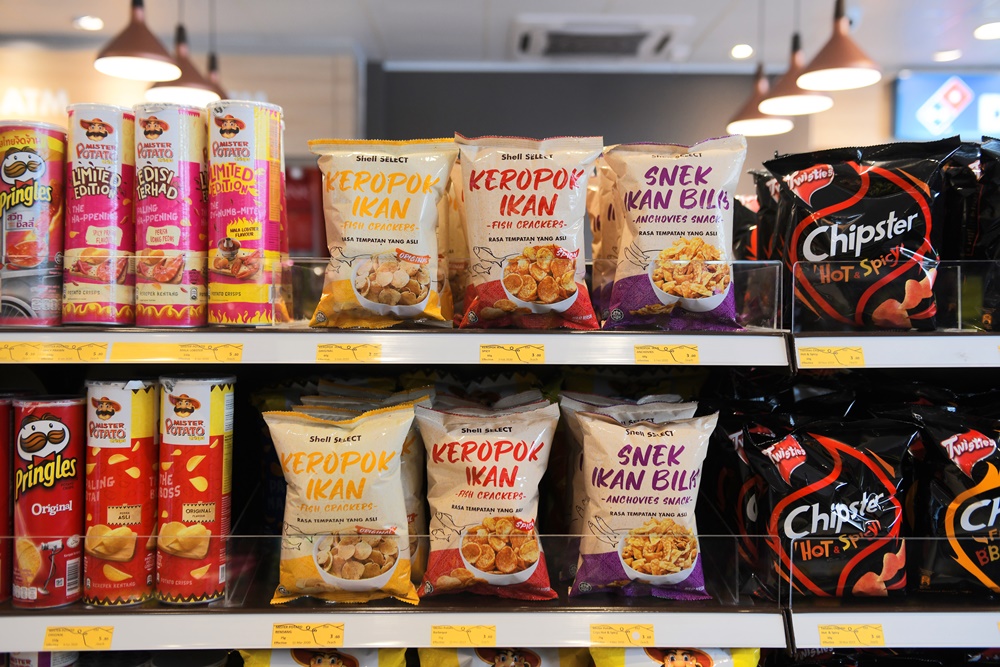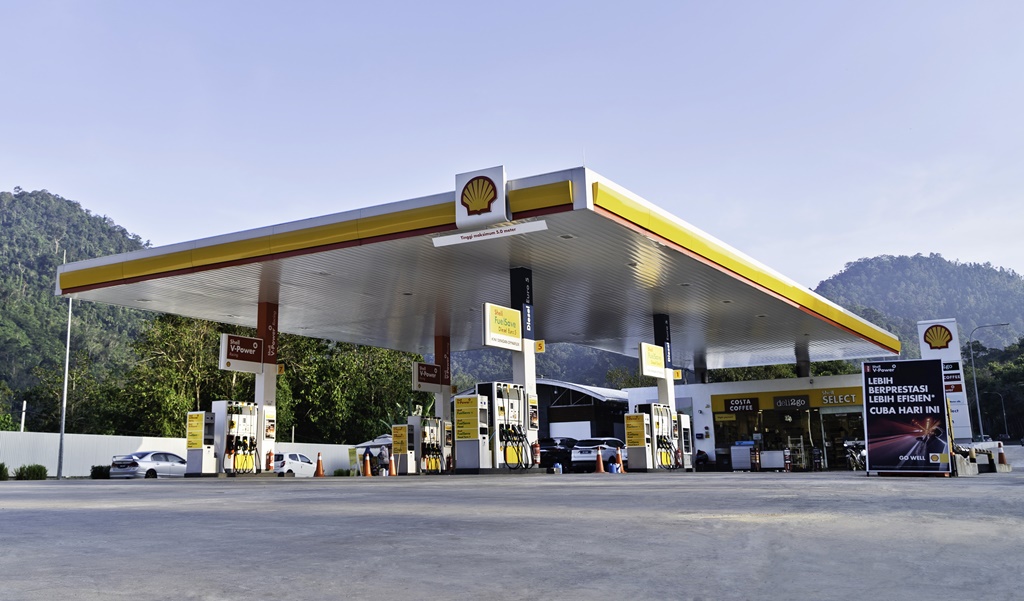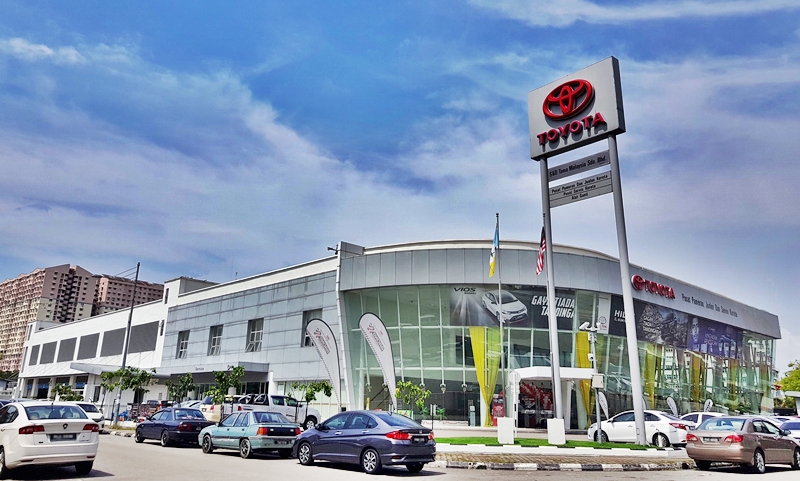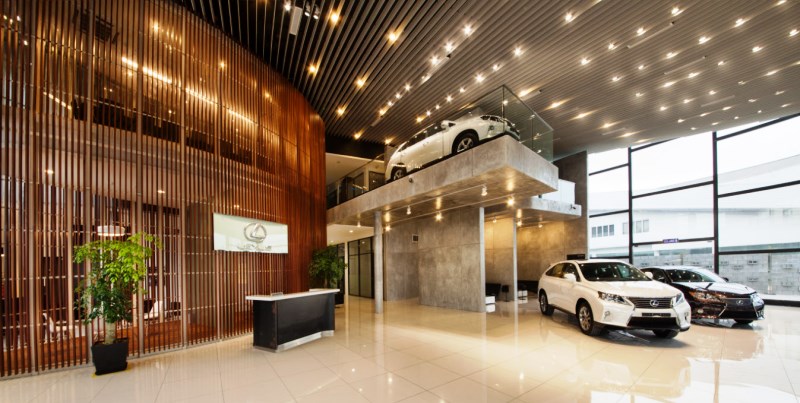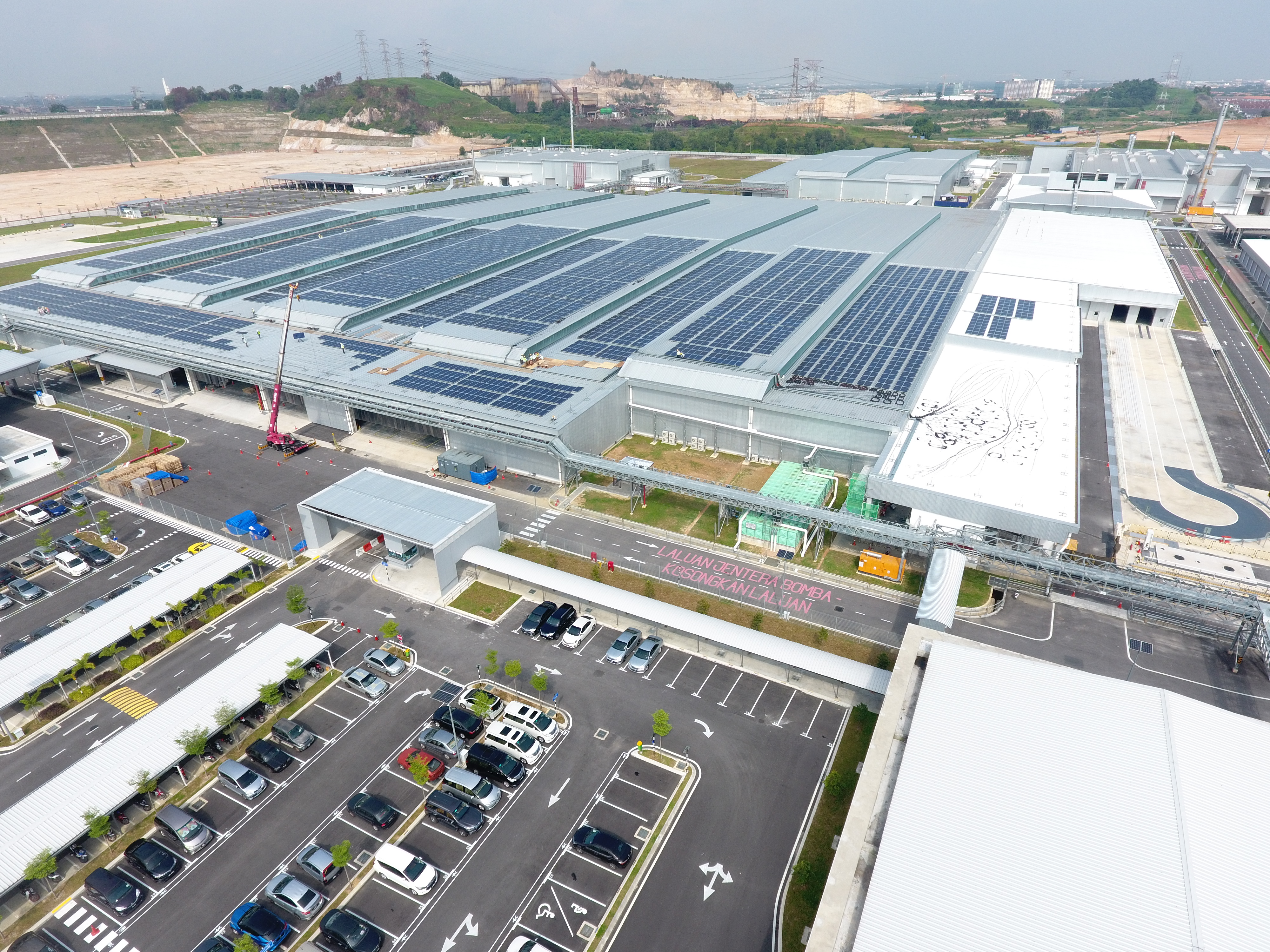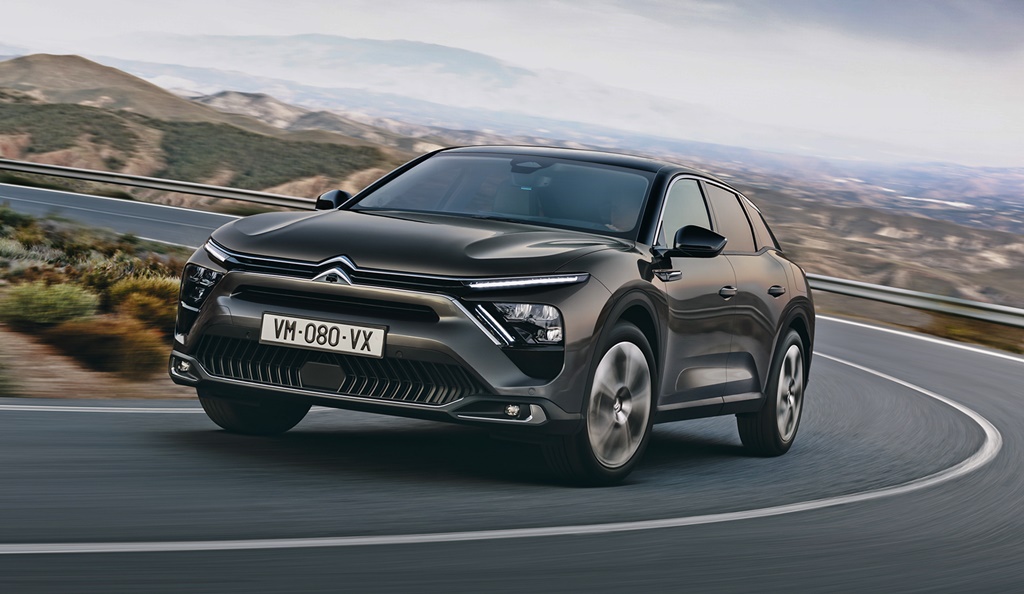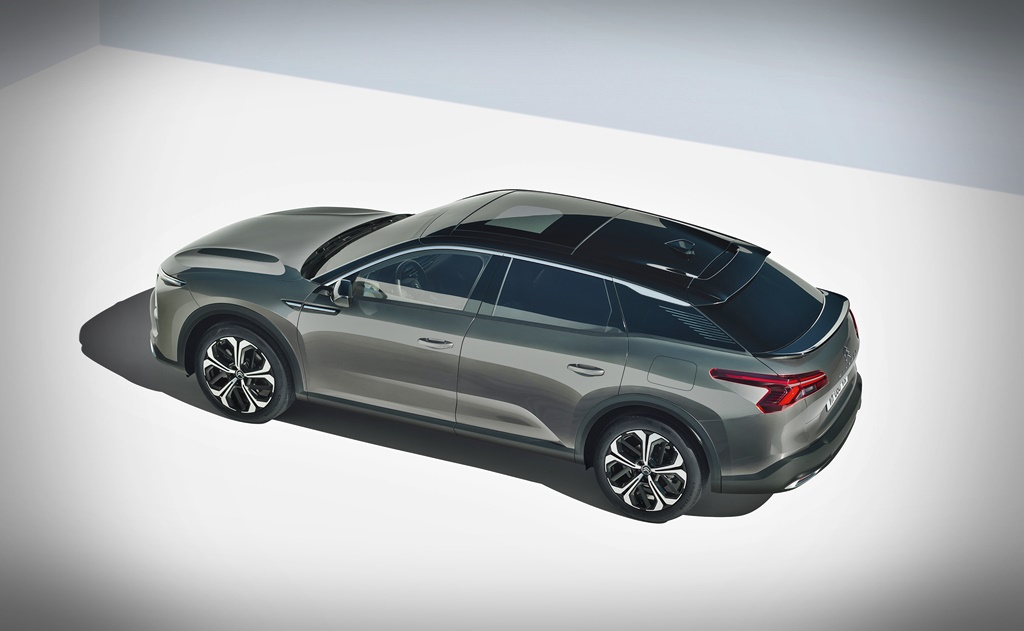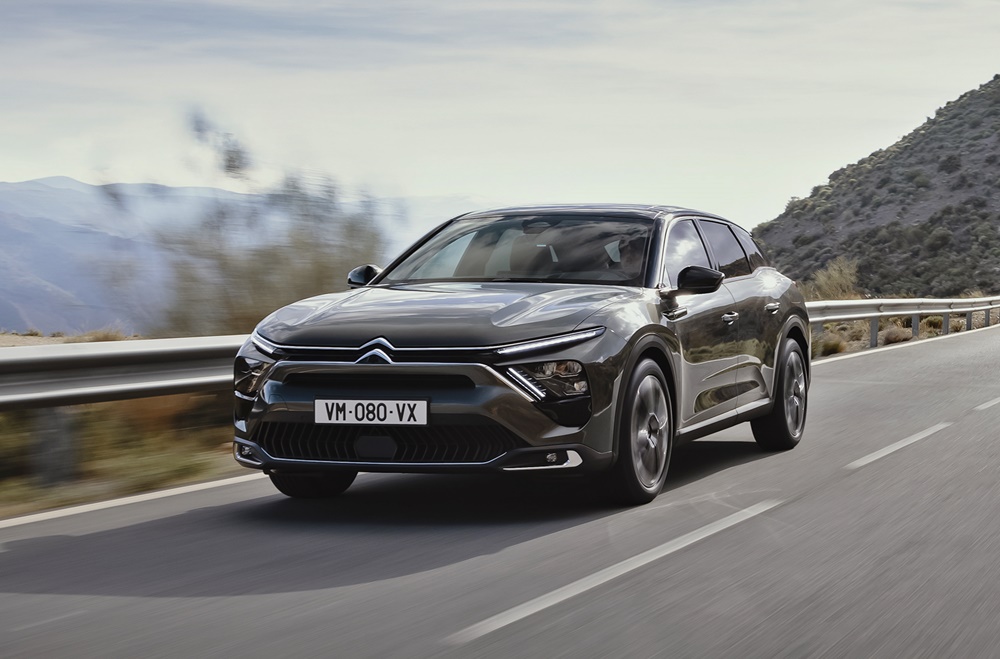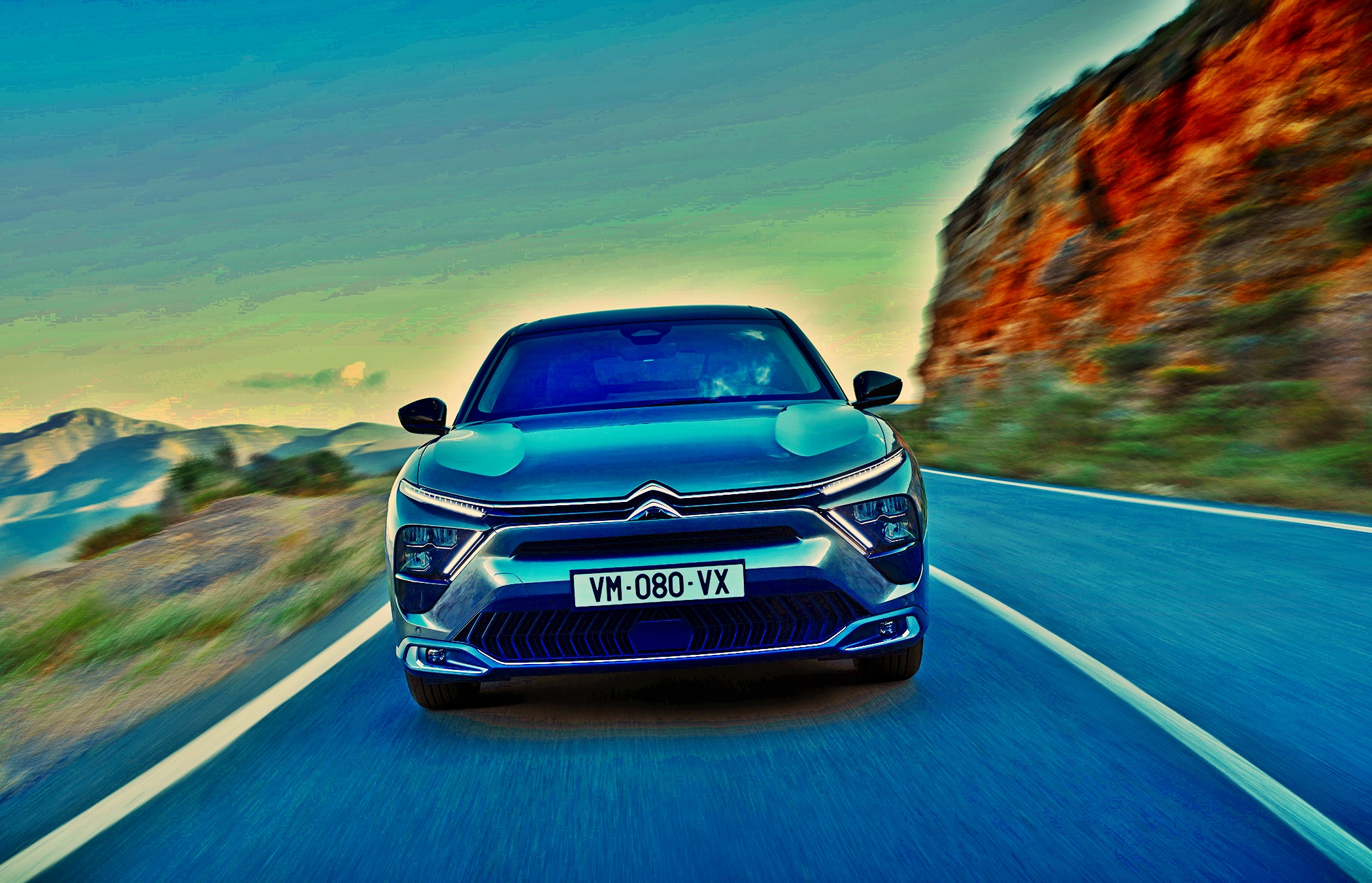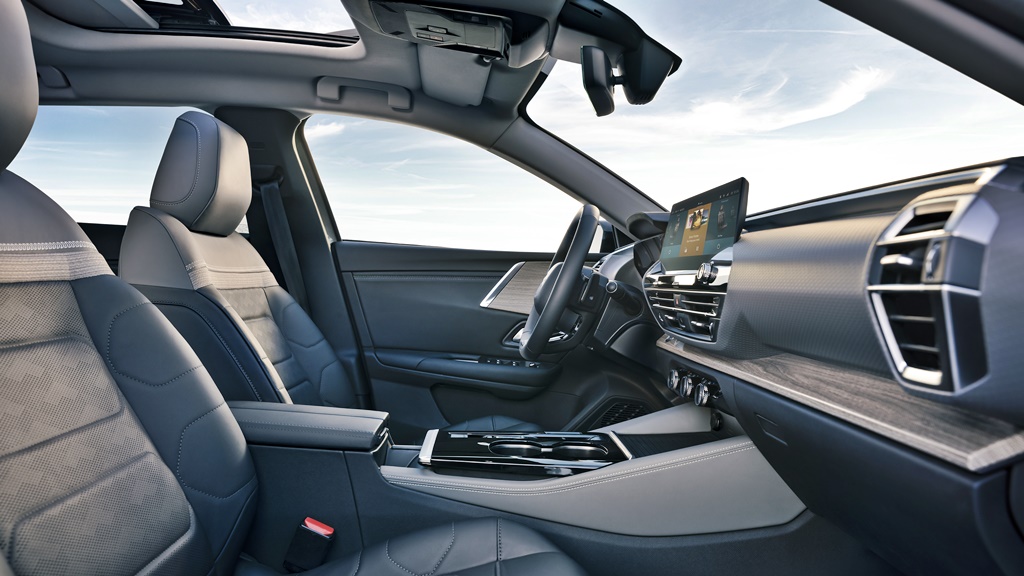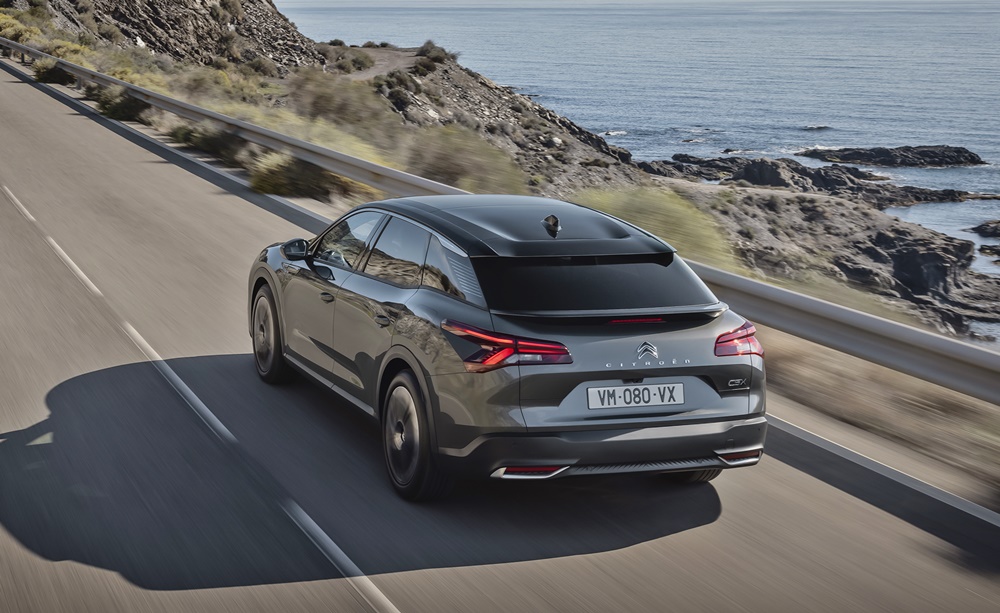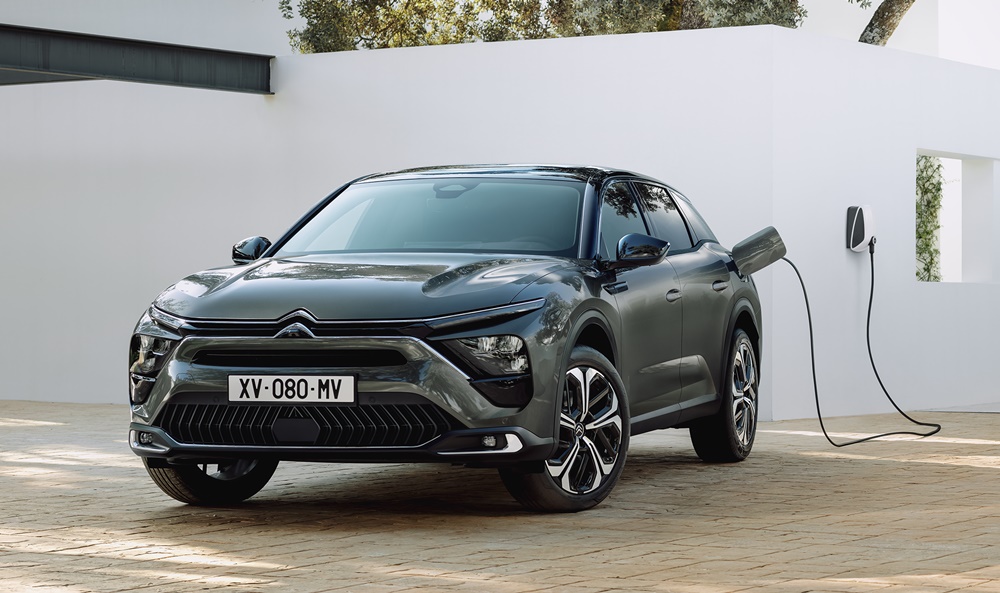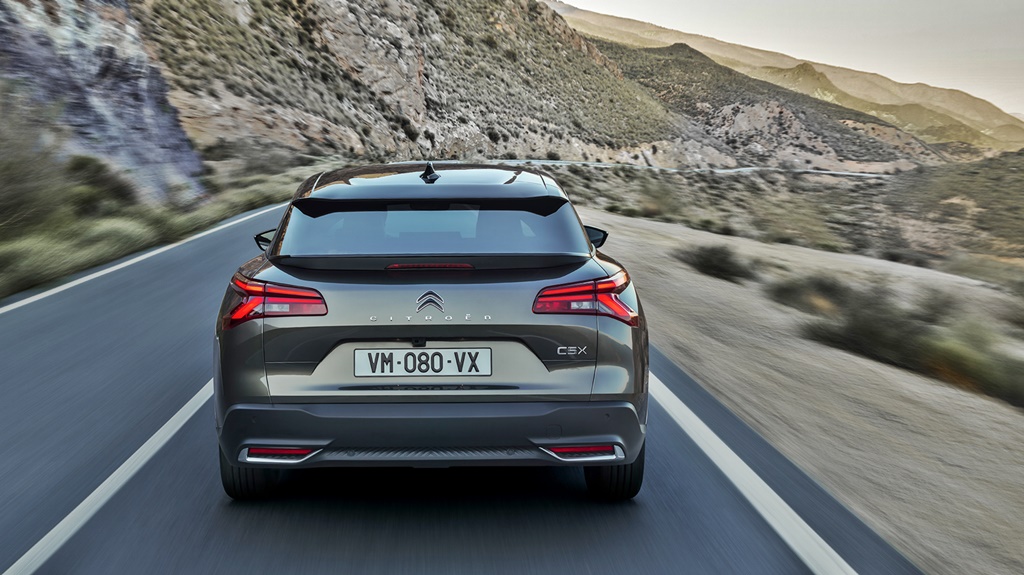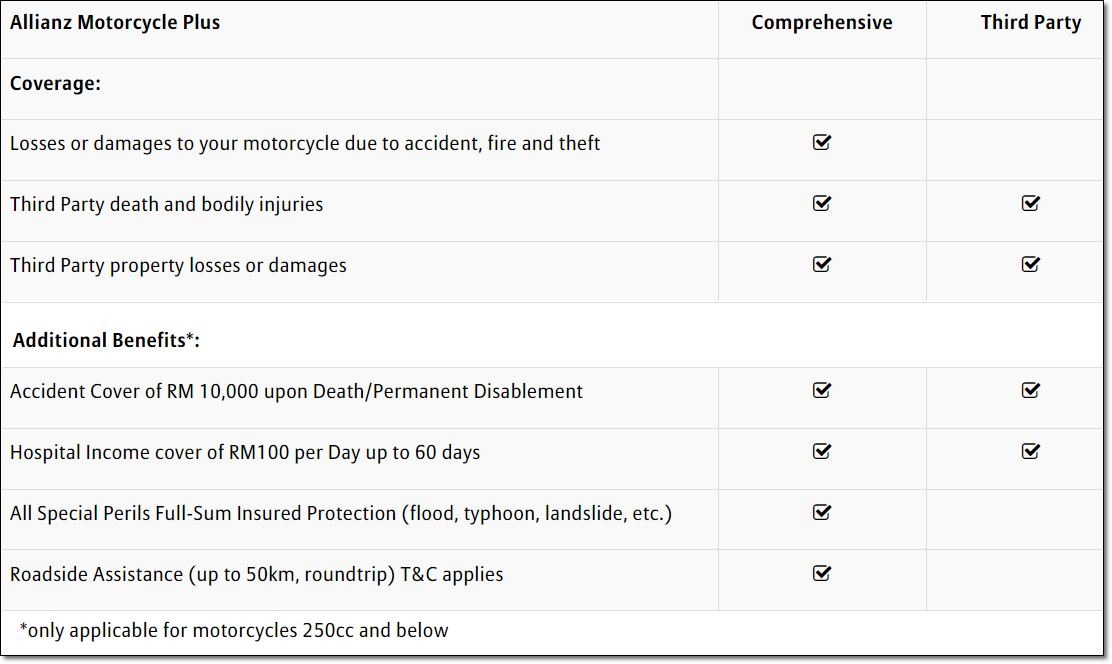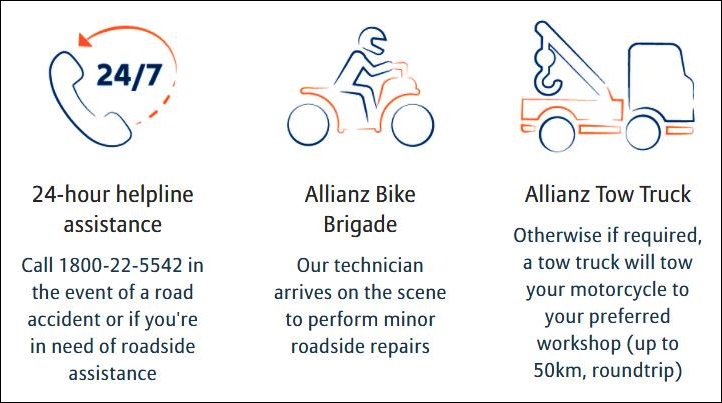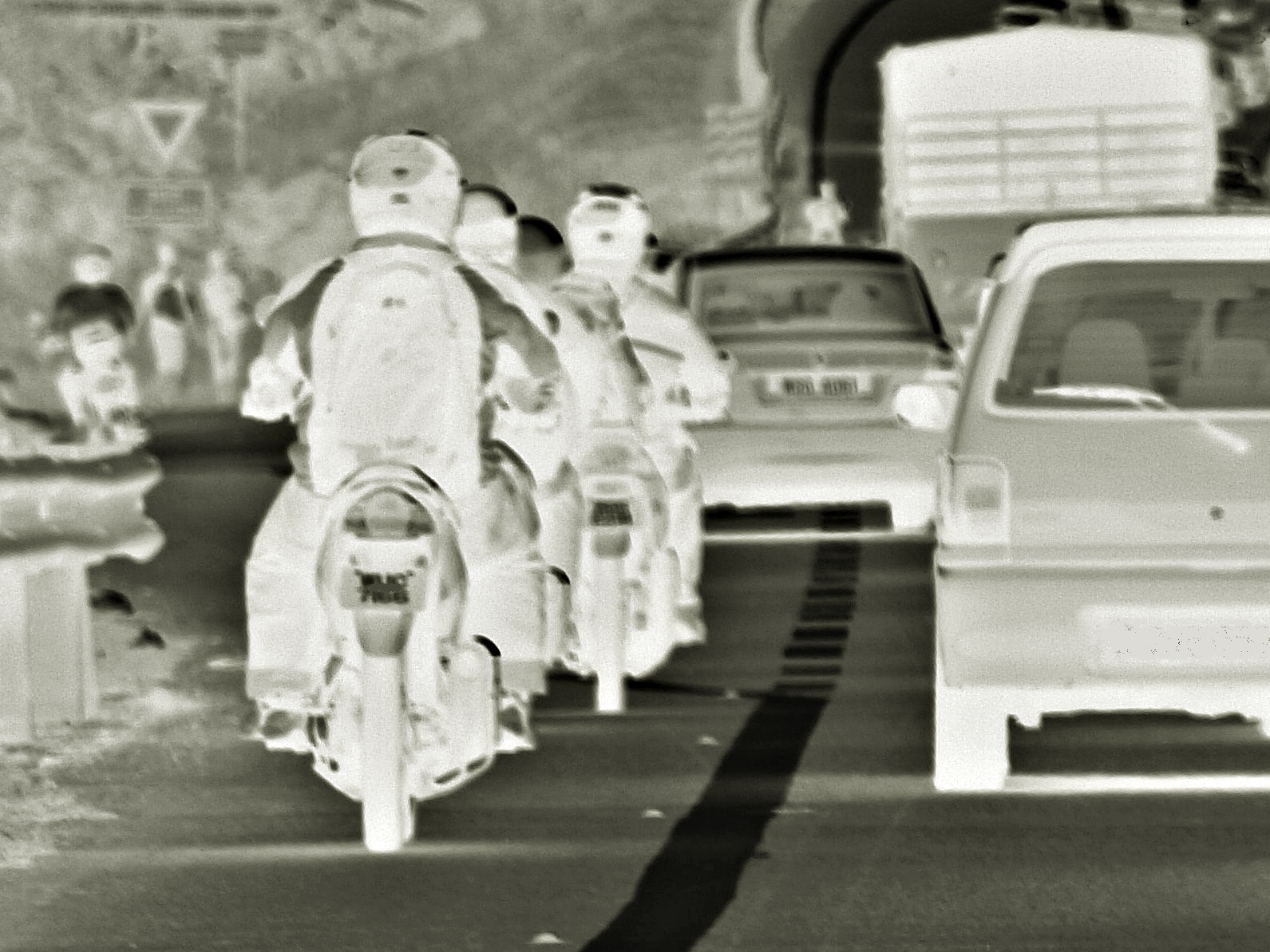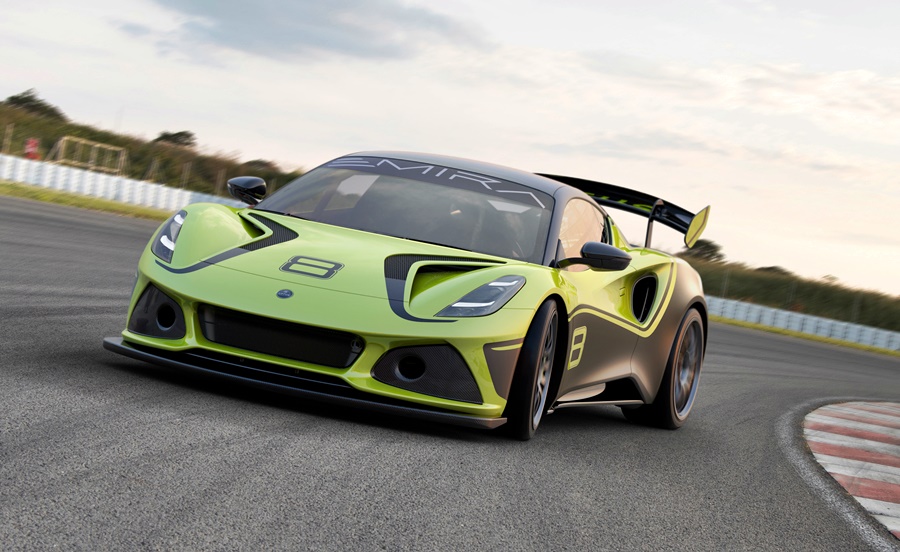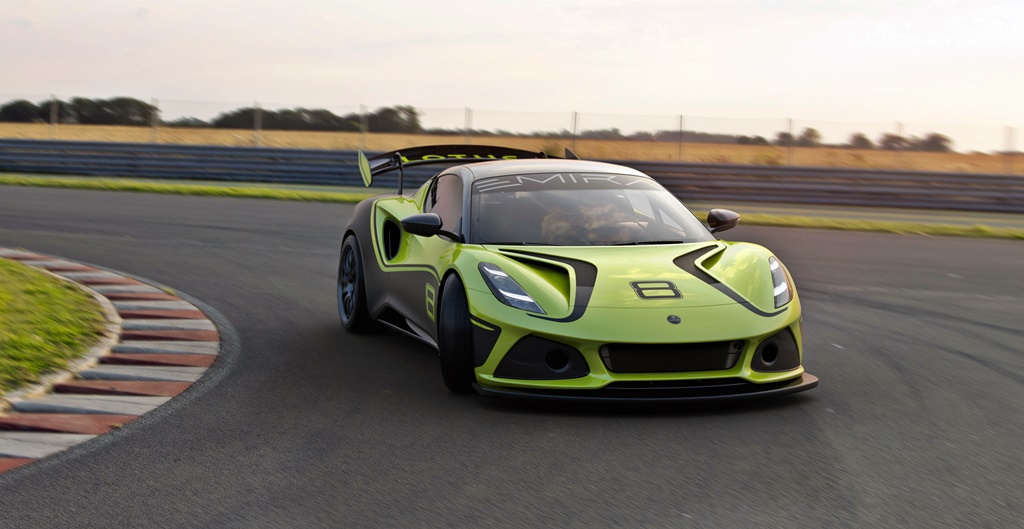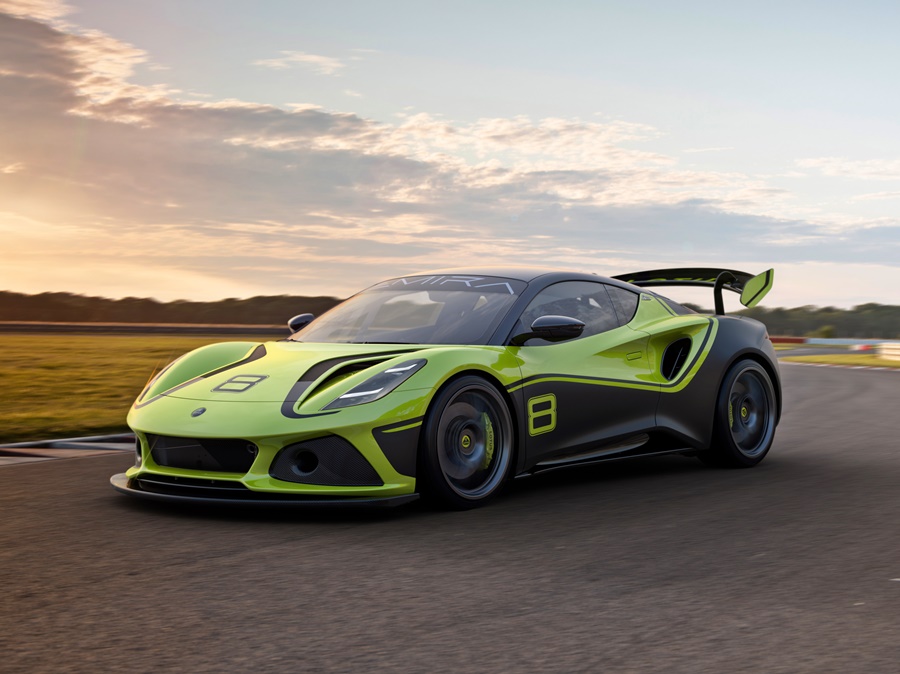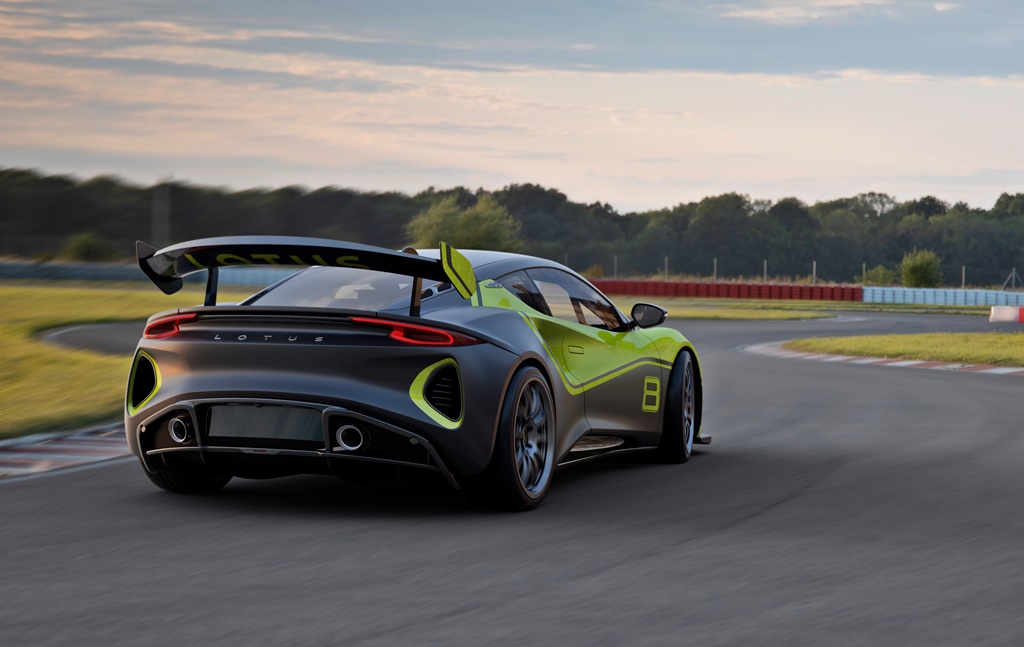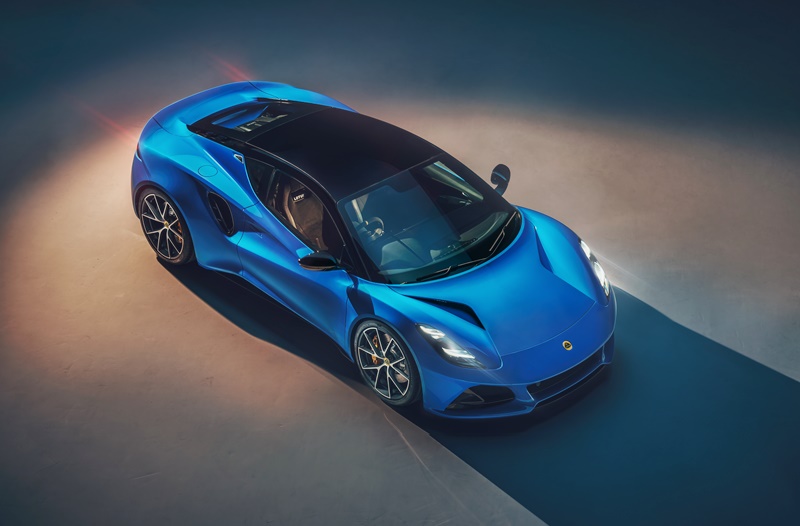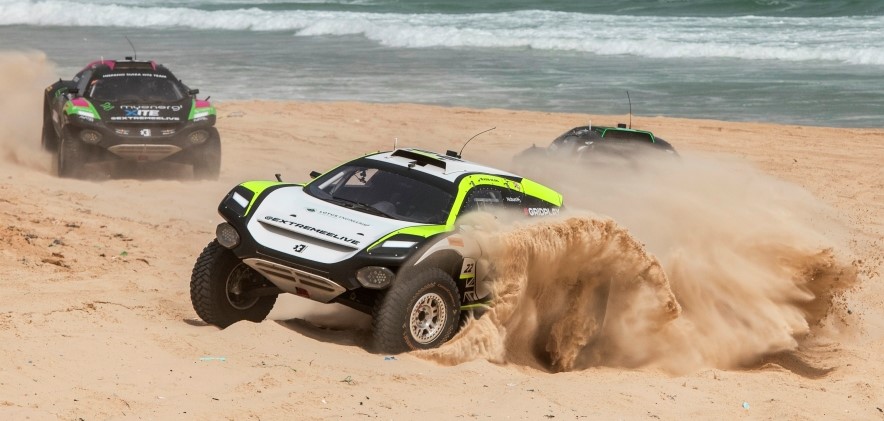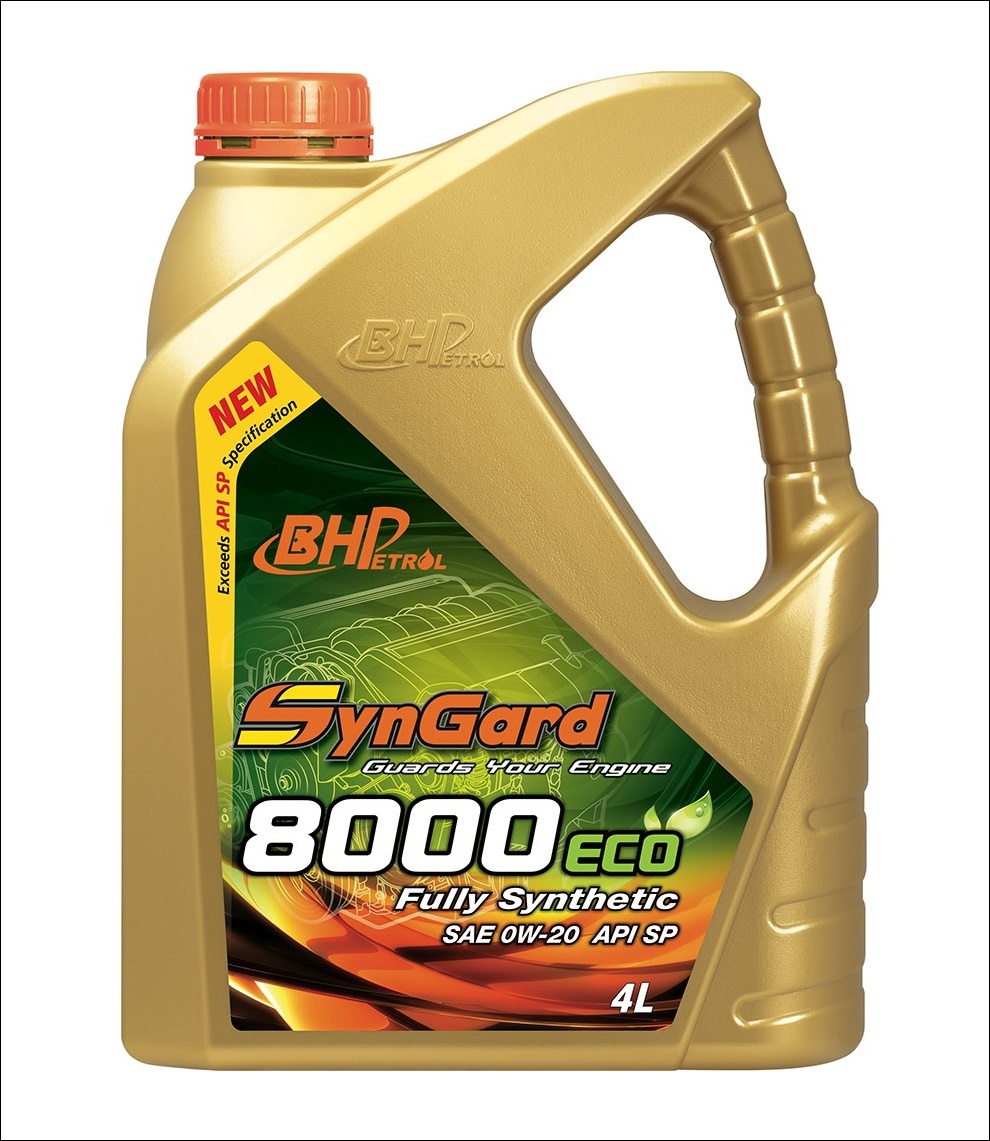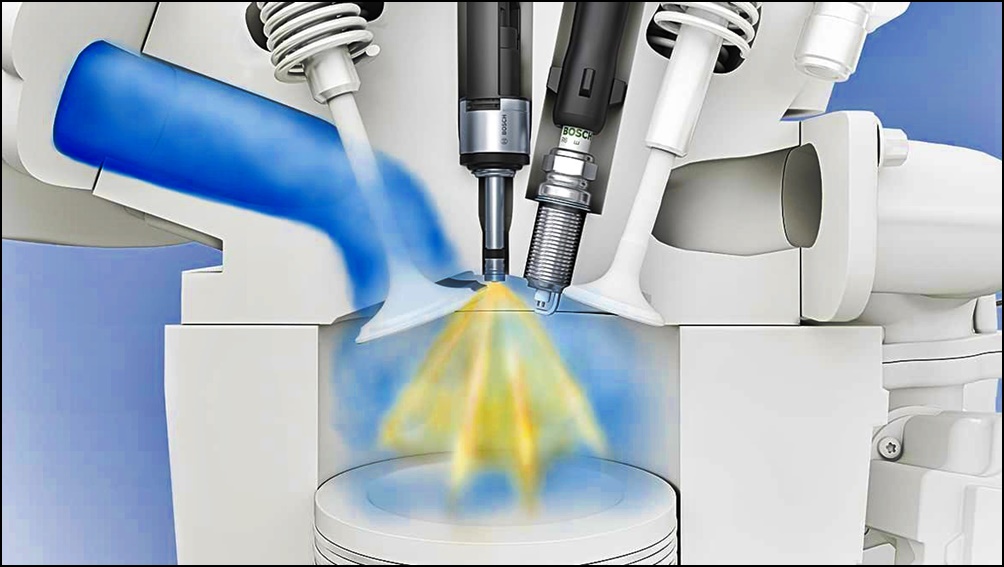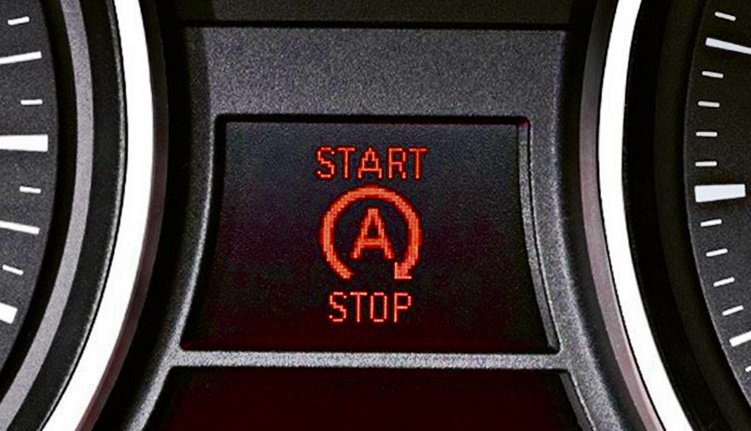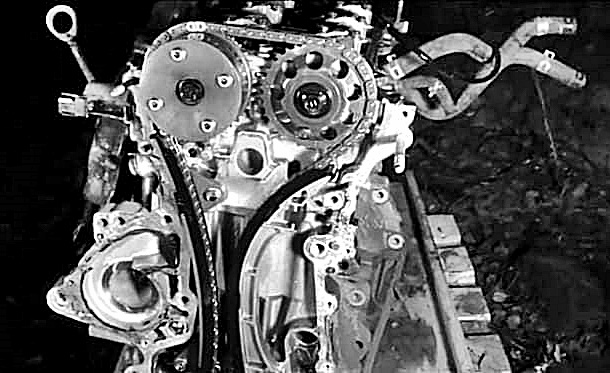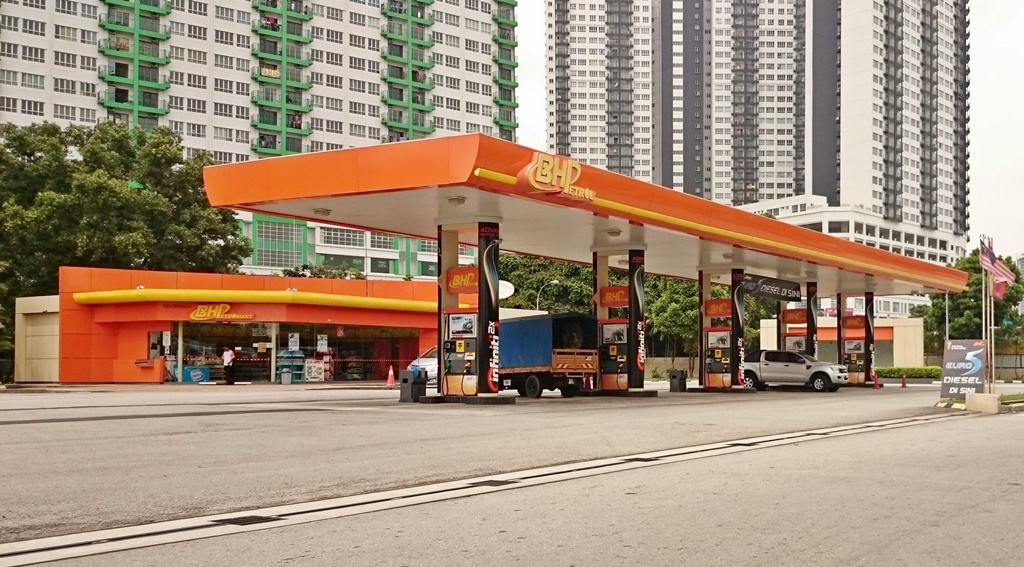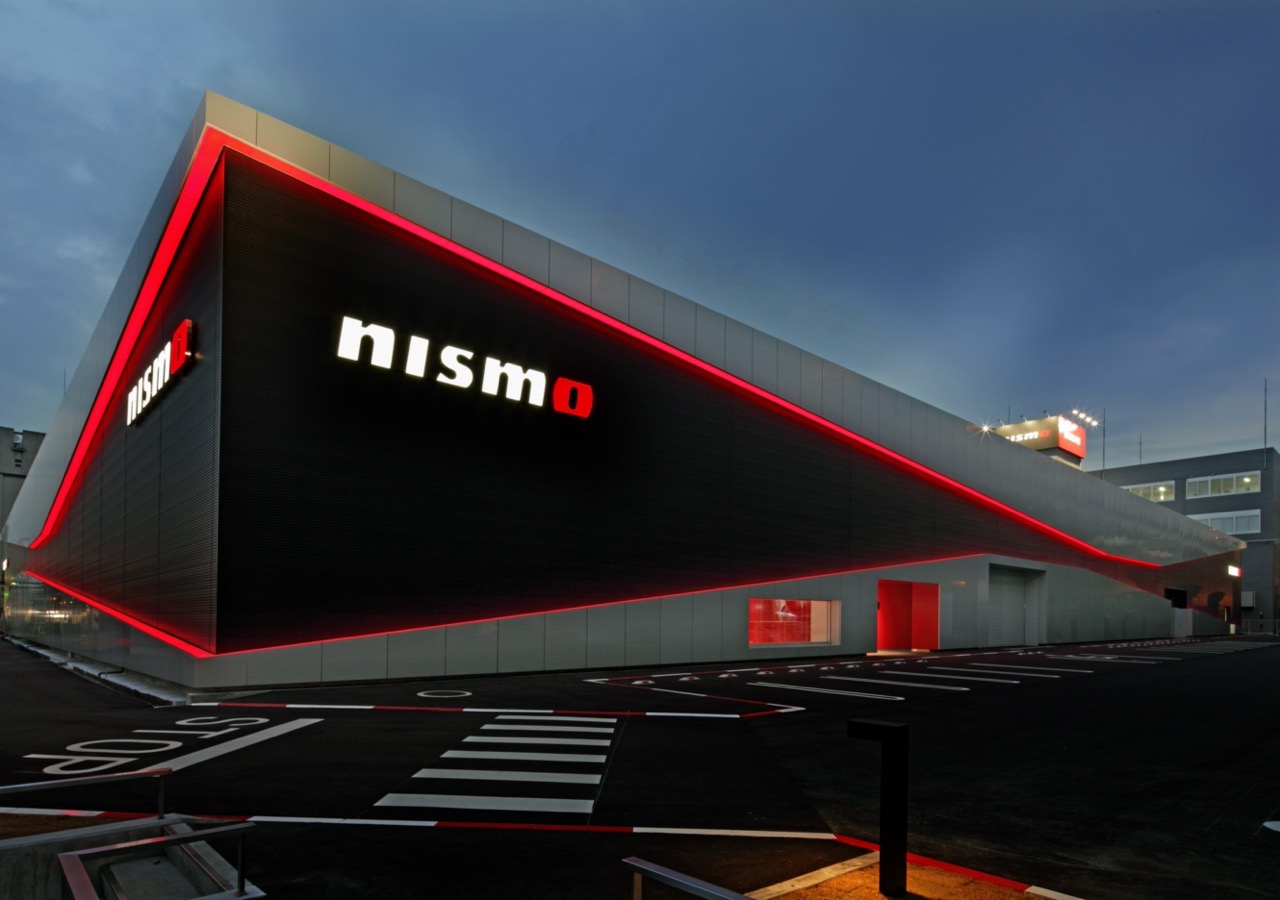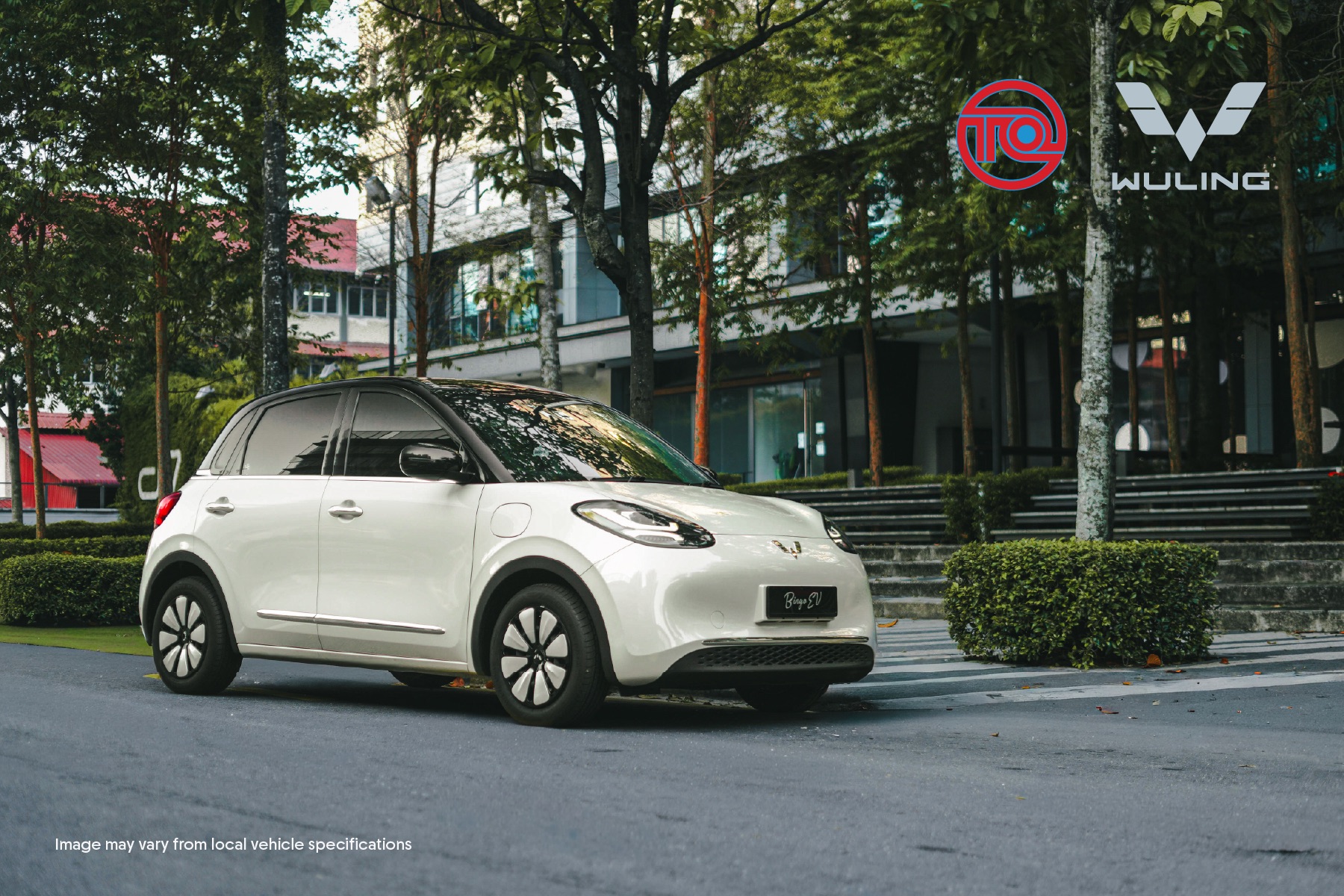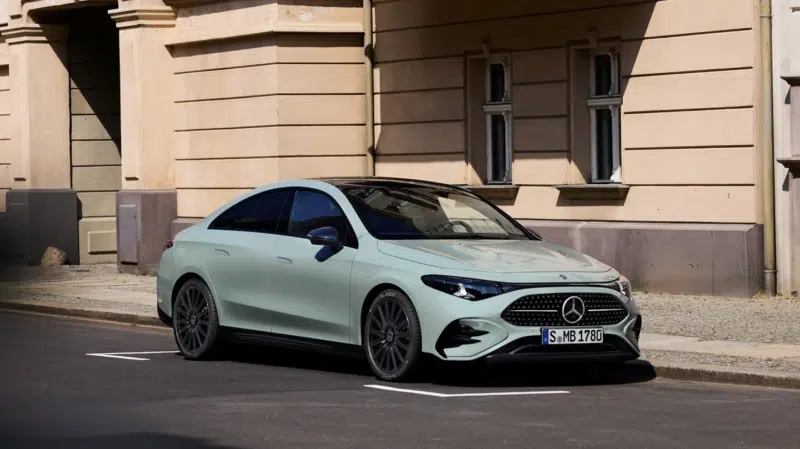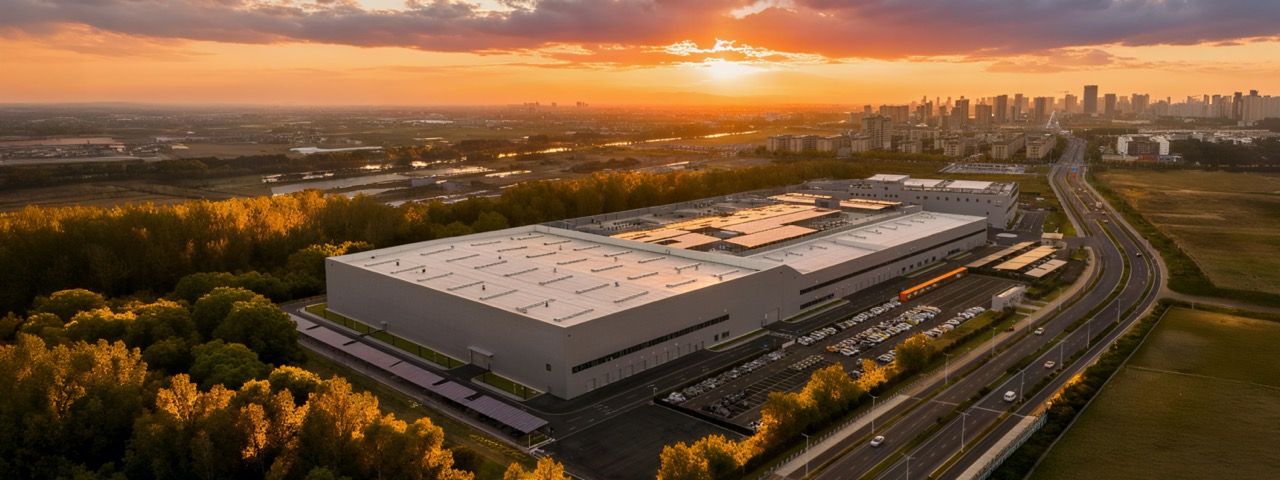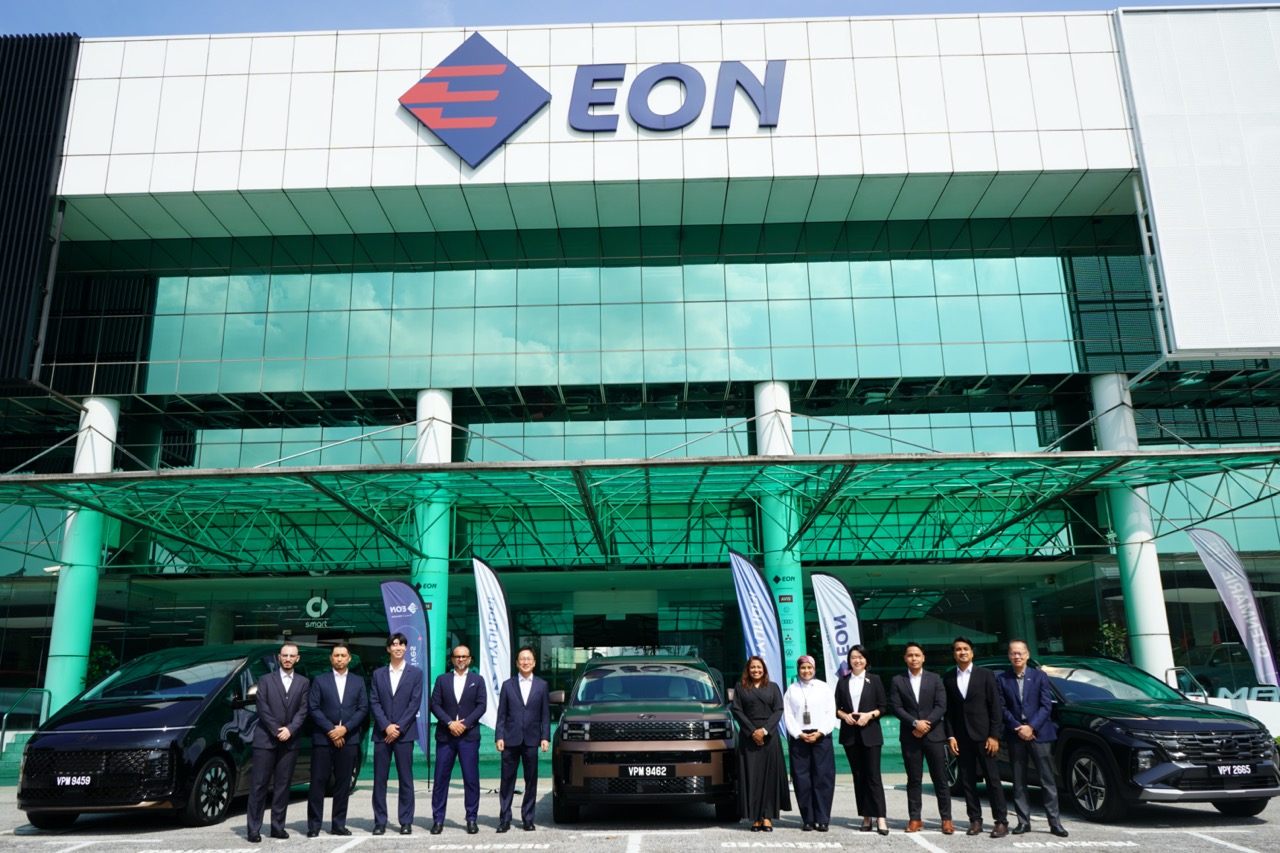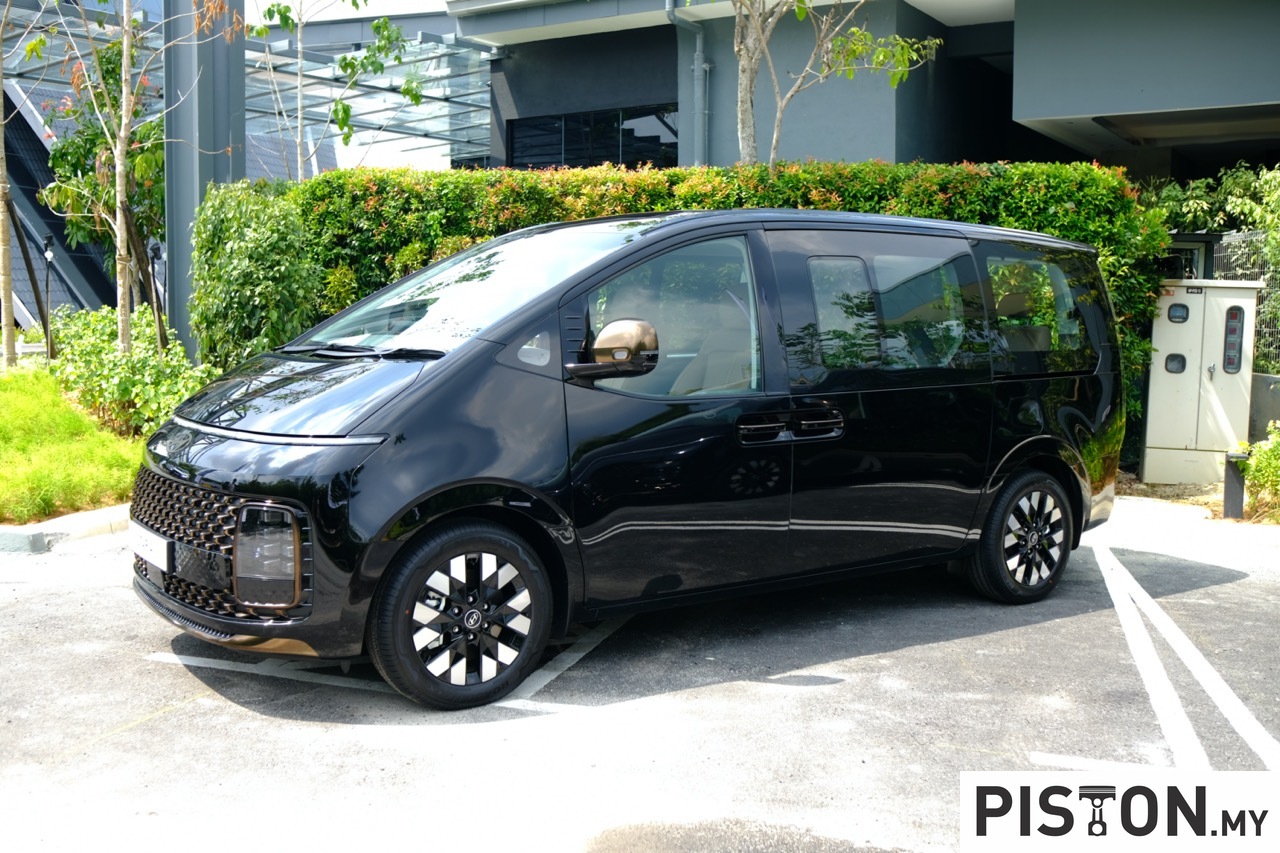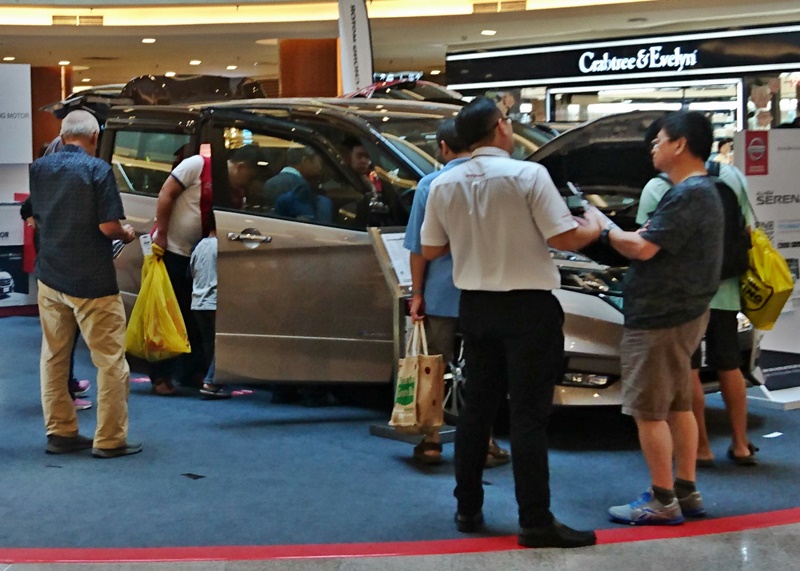Wherever Shell has been operating, it always cares about the communities around it and in Malaysia, Shell Malaysia has constantly been looking for ways to uplift local Small and Medium Enterprises (SMEs). In August last year, the company started its “Realisasi Impianmu Bersama Shell” programme to help local SMEs expand their reach with an opportunity to sell their products through the Shell Select stores located at the stations.
With Realisasi Impianmu Bersama Shell, Shell looks to partner with SMEs who supply snacks, confectionaries, non-alcoholic beverages, and ready-to-eat meals. The initiative is open for Malaysians aged 18 and above, and the selected SMEs will have the opportunity to promote their products at a national, regional, or specific site listing as decided by Shell.
The company has now announced an expansion of Select store offerings to include products from 29 selected entrepreneurs of the programme, alongside essential groceries available at the stores. Shell Select shelves in Malaysia are now stocked with a wider selection of snacks, confectionaries, non-alcoholic drinks, and ready-to-eat meals from the local SMEs, including Joe Flizzow x deli2go’s gourmet chicken burger, murtabak ayam with lava cheese, murtabak kambing and locally sourced pineapple juice.
In addition, customers can also find essential groceries such as flour, sugar, cooking oil, biscuits, sauces, sardines, noodles, coconut milk, and various beverages. In the spirit of Merdeka Day and Malaysia Day celebrations, customers can enjoy special promotions at selected Shell stations until the end of this month.
Shell has always opened its doors to local SMEs and provided them with an avenue to promote their products at Shell Select stores. ‘Realisasi Impianmu Bersama Shell’ will give Malaysian entrepreneurs an extra boost and the opportunity to scale up their businesses. In the month of October this year, Shell Malaysia will be participating in the Ministry of Domestic Trade, and Consumer Affairs Kempen Beli Barangan Malaysia to continue to help raise the economic prosperity of SMEs in Malaysia.
“We’re happy to welcome on board the entrepreneurs of ‘Realisasi Impianmu Bersama Shell‘. We currently have 29 local partners selected through the programme that are supplying their products to Shell Select stores, among which include newly appointed Shell Private Label local partners. This, ‘for Malaysians by Malaysians’ effort exemplifies our commitment to meet the daily needs of our community, which combine local SMEs’ innovative offerings and our extended essential groceries of quality and variety,” said Seow Lee Ming, General Manager Mobility, Malaysia & Singapore.
Ms. Seow also gave assurance that the well-being of customers is a No.1 priority for the company. “We strive to provide a safe and comfortable environment at our stations with strict SOPs while continuously improving our products and services in line with our commitment to make life’s journey better. Kita jaga kita,” he said.





